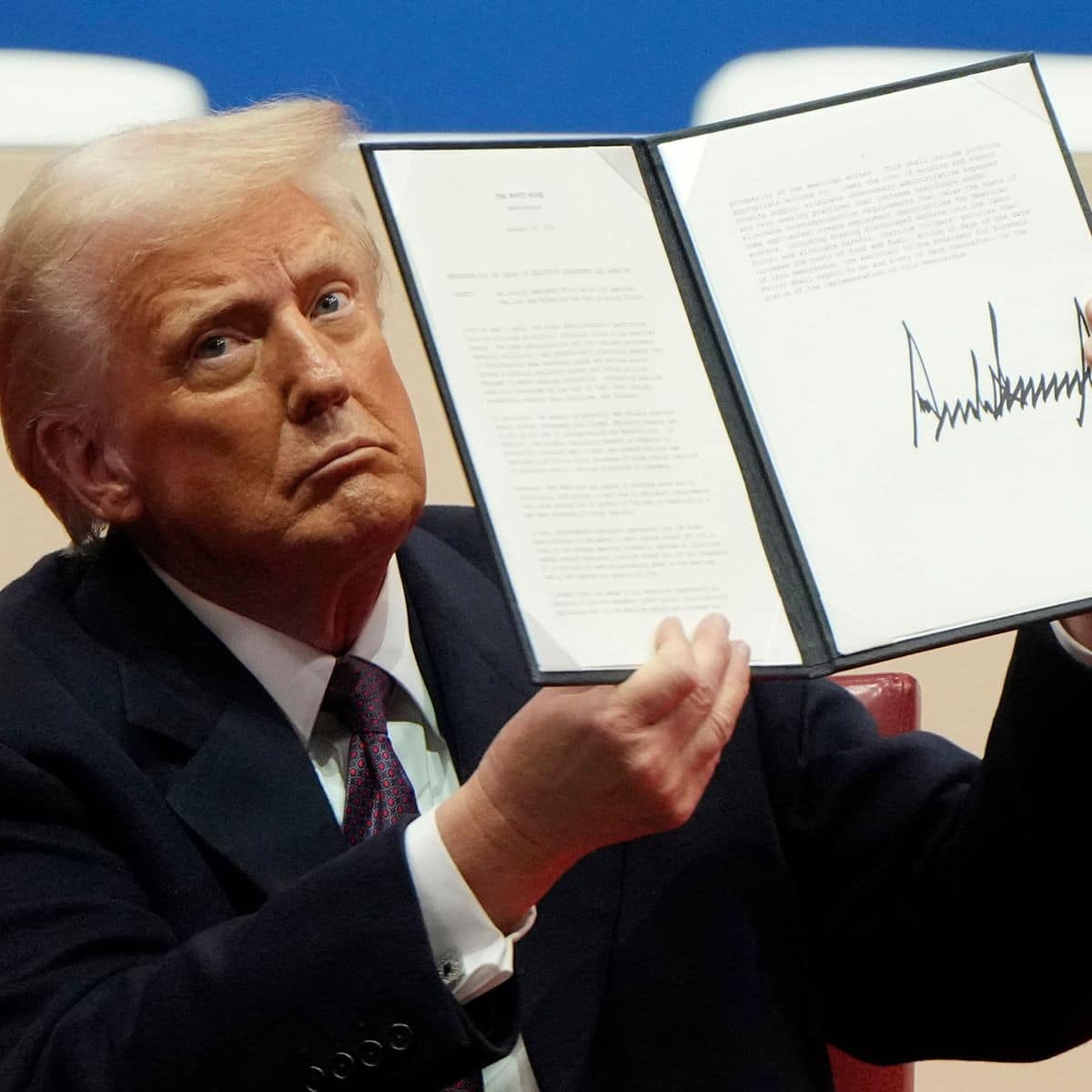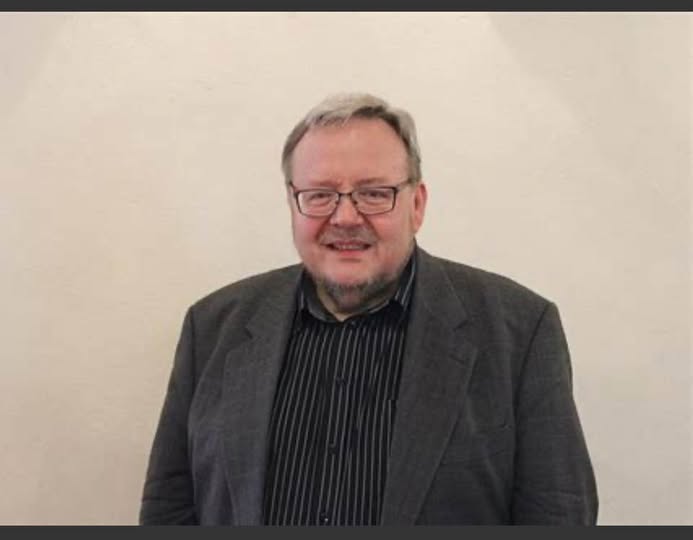Can you sell an orchestra on TV? Don Draper can.
UncategorizedHolly Mulcahy, concertmaster of the Chattanooga Symphony Orchestra has been reflecting on last week’s TV advert for the St Louis Symphony, which did not necessarily reflect the product in the best light. Here’s Holly’s take:

In today’s television advertising world, we see orchestras being used regularly to sell products from beverages to airlines, cars to computers. Orchestras have been portrayed as refined and or snobby to sell posh lifestyles and products or the butt of jokes to make an ironic point….all in the name of selling a product. That’s fine for the companies selling their products but it makes it twice as difficult to sincerely invite people to buy tickets to an enjoyable and meaningful orchestra concert experience. But usually when orchestras film commercials to sell themselves they often miss their target.
How do you sell something that can’t be taken home, eaten, worn, or driven? You sell the experience. But how orchestras see the experience is vastly different from how an audience or potential audience sees the experience. In almost all orchestra commercials or Youtube.com spots, the focus is on the orchestra and or conductor, rarely the audience.
This typical approach gets the music played, the musician and conductor action shots taken, and a general idea of some of the stars that might be seen at any given concert. But there has to be a more descriptive narrative to engage the viewer.
Absolutely show the orchestra doing what it does best, but show the audience! Show the audience enjoying the concert, show them wistful while listening to music, show the applause, show the immediate standing ovations, and most definitely follow the lead of what Hollywood does: show the exiting audience and let them speak. Nothing could be more powerful than a paying customer sharing how they just were moved by a performance.
Not that an orchestra is like a cruise ship company or airline, but think of how those industries share the experience to their target audiences. There are the pilots, the helpful staff, the shipboard amenities, but most importantly, there are the passengers who appear to be happy and enjoying themselves. You immediately identify with the couple on vacation, or you identify with the family taking in a show after a day of shipboard activities. You identify with the customers and their experiences enjoying themselves more than anything else.
Music is mighty on its own, but playing with people’s image of themselves enjoying something is a powerful tipping point.
During Season One of the hit series Mad Men, Eastman Kodak approached the fictional advertising firm at Madison Avenue with their newest product, “The Wheel,” a picture projector that never jams. The company wanted to show how great it was that it never jammed and figured that should be enough. But the main character of the show, Donald Draper, skillfully took the Kodak people down a path they didn’t expect and created a whole new approach for this product. Here is the scene:
This is just a mere example of how a perspective is shifted to the customer’s point of view. Suddenly a simple idea is shifted into an interesting narrative and it instantly makes it tangible, relative, and possible. I wonder if shifting perspective to show just how a live orchestral experience could be enjoyed would be a more powerful selling point than just the orchestra alone.





Comments